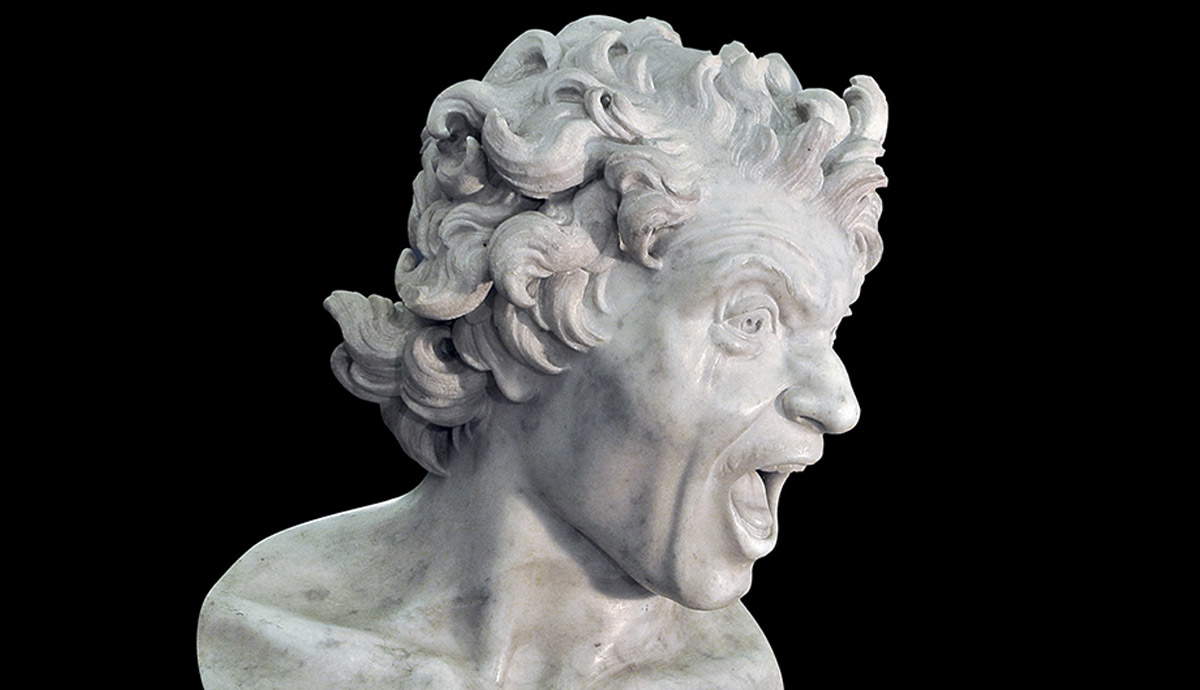
Most European cities are teeming with beautiful old churches. In fact, the church was a vital part of most old European city planning. As most plans date from centuries ago, they often have a round shape with the church as the main landmark, right in the middle of the city. However, this church can vary in terms of architecture, making it not just a church but potentially a parish church, a basilica, or even a cathedral. So, what exactly is the difference between the latter two—a basilica and a cathedral? Read on to find out!
Basilica or Cathedral: Similarities

We have all walked as tourists in a city and stumbled upon an impressive, big church. Some may resemble the famous Notre Dame de Paris in its layout, while others may resemble the Hagia Sophia from Istanbul (formerly Constantinople). A basilica is often associated with the Byzantine Empire, whereas when we think of a cathedral, we tend to picture a Gothic-style imposing building from medieval Europe. Despite these stereotypes, there are some common elements found in both basilicas and cathedrals.
One of the elements they have in common is their size. The basilica church type became very popular during Emperor Constantine’s reign (272-337 CE), who is known as an emblematic figure in the history of the Late Roman Empire. As the first Roman emperor to convert to Christianity, Constantine the Great popularized the basilica, which came to be associated with the Eastern Roman Empire and early Christians. Moreover, because the Eastern part of the Roman Empire started exploring a different path in art than their Western counterparts, the Easterners began developing a taste for more impressive and flamboyant elements than their Western counterparts. This resulted in Christian buildings expanding considerably in size, as Christianity now became a state religion, to compete visually with the other existing ones. Because basilicas tend to be impressive in size, they can often be mistaken for cathedrals meant to host many people. Needless to say, this does not mean that a church built as a basilica cannot also be a cathedral.
What Is a Basilica?

The basilica originates in ancient Roman architecture, where a basilica was a big public building built near the town’s central square, known as a forum. A basilica could be equated in functions and shape to the Greek stoa. The architectural plan of the basilica takes its form from the Roman version. Namely, it is a rectangular building with a central nave with two long aisles down each side. The building is usually two stories high and is slightly higher in the center to allow for a clerestory that allows natural light to come in.
Thus, no particular religious meaning was attached to the Roman basilica. On the contrary, it was strictly dedicated to public matters as courts were held to judge affairs and other such functions. In Late Antiquity, the architectural form of the basilica was taken over by Christians who copied the ancient Roman model. From a Christian’s perspective, the Roman basilica was the perfect candidate for a church because it was located in the center of the city, it was large enough to house a significant number of people, had no pagan meaning attached to it, and was now good to trade its public importance for a religious one. From this perspective, it can be seen why the basilica model was an attractive choice for the Christians who were becoming the majority and needed spaces for worship.
What Is a Cathedral?

A basilica is primarily defined by its layout and architectural aspects. On the other hand, a cathedral is defined by different criteria—a cathedral is a church that houses a bishop’s seat. The name originates from the Latin notion of cathedra, which means quite literally “the church having the office,” or more precisely, the desk of a diocese, conference, or episcopate. This, in turn, originates from the Greek word kathedra, meaning “seat.”
It is worth noting that a cathedral can exist only within the denominations of Christianity that recognize and organize themselves in a hierarchy that includes a bishop’s seat. These include Catholic, Eastern Orthodox, Anglican, and some Reformed churches.
Unlike the basilica, which has a specific architectural form and a history tied to it, a cathedral can take any shape or form, as its only requirement is the presence of a bishop. Typically, the average Western European cathedral would have a narthex that housed the entrance, followed by the main hall called the nave, which was sometimes crossed by a transept. The nave ended in the ambulatory, which was the furthest from the entrance and where the altar was usually located.
Interestingly enough, churches that presented the functions of a cathedral were not common until the 4th century, when they appeared in the regions of Italy, Gaul, Spain, and North Africa. It was only in the 12th century that cathedrals, in the sense of being the seat of a diocese, became the norm in the Catholic Church (as, by this time, the Great Schism had already happened). Because cathedrals were not bound in form by any historical past, they could develop and evolve in their own way, encouraging artisans to create their own architectural vocabulary to express the cathedral’s functions.
Why Did the Basilica Become Popular as a Religious Gathering Place?

Despite its direct association with Christianity, the basilica was adopted in its early days by other groups as well. During the late antique period, when the Roman Empire was already divided between the West and the East and facing several crises, Roman architectural elements became popular and widespread in many different regions. For example, the Jewish community at Sardis used a basilica layout for their synagogue, while both Trinitarians and Arians used the basilica plan for their churches in the same period.
This demonstrates that the basilica layout was preferred despite differing religious beliefs since all groups essentially had the same need: a large space for gathering and worshiping together. Thus, the basilica was likely adopted due to its spaciousness and practicality, as the space was cleverly used to house all facilities and people.
At the height of the late antique period, another important factor determined the popularity of constructing basilicas for use as a Christian church: a change in funerary practices. The population gradually renounced using cemeteries to inhume their dead, opting instead to bury them in catacombs or within the basilica. Additionally, due to a higher interest in martyrs who died during the 2nd and 3rd centuries, many basilica churches were built over martyria burial grounds. This interest was enforced by the belief in the resurrection, which brought the bodies of martyrs closer to the church as they awaited to be resurrected again.
Before Christianity: The Roman Basilica Craze

As previously mentioned, the basilica’s rise in popularity originated before Late Antiquity; its use dates back to the pre-Christian times of the Roman Empire. Although the basilica as a type of building wasn’t usually employed for religious purposes before Late Antiquity, it is necessary to understand just how common and appreciated this type of building was. Only then can its success during the rise of Christianity in the later Roman Empire be understood.
The basilica’s architectural plan remained a favored choice throughout the Roman Republic and Empire. It featured either a square plan with a 3:4 ratio or a rectangular one with a 3:7 ratio. Since the time of Emperor Augustus, the basilica had been regarded as an essential element of Roman city life. Every settlement that had the status of a city featured a basilica in its central area used for conducting business or official functions.
During the late republic era, most rulers had dedicated part of their public agenda to erecting at least one monumental basilica to celebrate their reign. For example, the renowned dictator Julius Caesar built the Basilica Julia, dedicated in 46 BCE, which ancient historian Pliny the Elder considered one of the most beautiful buildings in the world.
How the Cathedral Evolved Over the Centuries

Most churches that end up being cathedrals owe something to the basilica and how it influenced Christian and Western religious architecture in general. On one hand, it is no surprise that the cathedrals borrowed so much during the evolution from the basilica. After all, the basilica plan was very popular throughout Europe all the way to the Middle East and the Northern part of Africa. For example, the largest basilica built outside Rome was the Byrsa Basilica, built by the Antonine dynasty in Carthage. Unfortunately, the Byrsa Basilica did not survive the test of time, and only a few ruins can be found today.
The basilica plan’s most powerful influence is felt in Romanesque-style churches. This is because the plan of the Romanesque church borrows heavily from the basilica plan, especially the central nave with lateral aisles signaled by rows of pillars on each side. However, the Romanesque style has its own twist with mischievous early medieval decorations, such as peasants doing all sorts of funny and mundane things, fantastical creatures inspired by the medieval bestiary that decorate both interiors and exteriors, and distorted faces that guard the edges of pillars. Despite this twist, the Romanesque architectural plan is very much informed by the Roman basilica.
Organizing a church like this, with a central nave and secondary aisles, is so influential that it can be found even in the cathedral churches built in the Gothic style. Although the Gothic tends to leave out the difference in height between the nave and the aisles, which comes directly from the basilica plan and is kept in Romanesque churches, the structure is pretty much the same. From this, it can be clearly seen that the famous Roman building had a great deal of influence on cathedrals as early as the Middle Ages, despite the fact that by this time, the basilica was mainly associated with the Eastern Roman Empire or, as it came to be known, the Byzantine Empire.
Modern History: A Comparison Between the Basilica and the Western Cathedral

The lasting influence of the basilica continues over the centuries, with its Roman history and enhanced Byzantine pedigree. For example, the Renaissance architectural style appeared in Italy and was inspired by the glory of the Roman ruins. Through this, more elements of the Roman basilica made a comeback. If late Gothic architecture departed from traditional Roman columns in favor of columns with more Gothic elements, this was changed in the Renaissance.
Although the basilica plan, as found in the Romanesque, was not the first choice for Renaissance cathedrals or other buildings, Roman columns were. They became present on every Renaissance building and in every Renaissance church. Moreover, some columns even mimic the Greek ones, going thus a step further towards the original basilica, the Greek stoa, by copying the capitals and bases.
As the centuries passed, baroque, rococo, and neo-classical church plans continued this passion for columns. However, the general blueprints tended to resemble less and less the original basilica layout. The central nave was still present in the cathedral plans of these styles, although the different elevations and the side aisles disappeared almost completely, with some exceptions. Western styles evolved in various ways that appeared very different, if not opposite, to the Roman or Byzantine basilica.
Various architectural elements originating from the ancient basilica were transmitted all the way up to modernity. Although the architectural styles that adopted these ancient elements evolved differently, the heritage of the ancient basilica can still be found in many contemporary churches. As shown, cathedrals throughout history have taken inspiration from the Roman basilica, using this ancient architectural tradition to inform contemporary styles.











